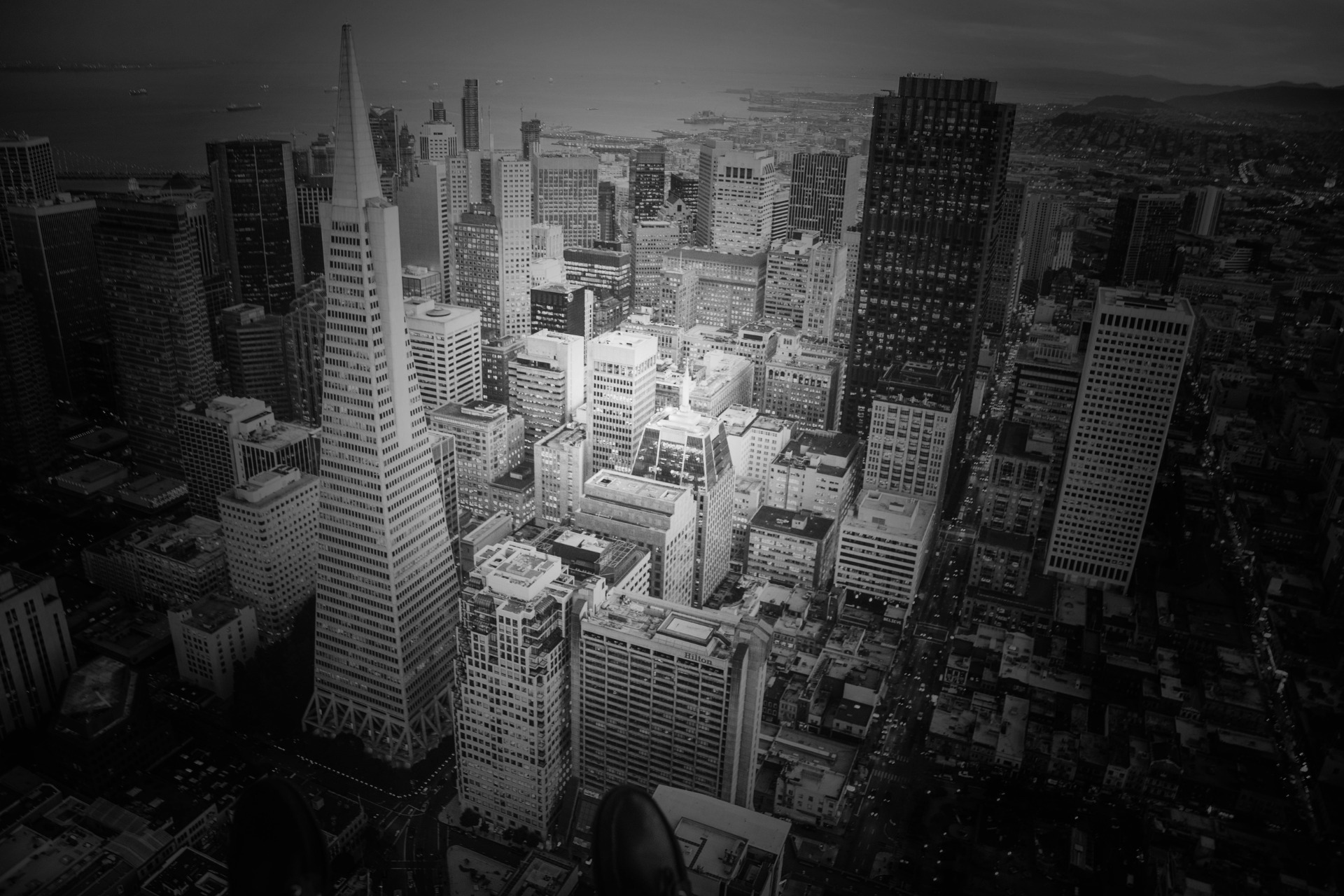layouts architecture home
Enter subtitle here

Fire Extinguisher Types
Water is certainly one of the most efficient fire extinguisher types. They should just be utilized on Class A fires including Paper, wood, fabrics, furniture, etc.
A water fire extinguisher is solid red in color with a hose and nozzle attached, therefore you can direct a flow of water at the end of the fire. As water conducts electricity, water fire extinguishers really should not be used near subjected to live electricity cables. Water extinguishers are best held alongside a CO2 extinguisher so the risk of electric fires is covered in your building. Water extinguishers work by extinguishing the flames and soaking (cooling) the materials in the fire.
Much like water, AFFF foam works on Class A fires but can also extinguish class B / flammable liquid fires. When sprayed onto a fire, AFFF foam extinguishes and smothers the flames, then seals in any dangerous vapours under the surface of foam. Foam also penetrates porous materials and cools the fire as the water into the foam evaporates. Since the foam extinguisher is non-conductive and tested towards the BS EN3 35,000V dielectric test, they could be utilized near but not on live equipment that is electrical. Foam fire extinguishers are distinguished by their cream colour coded panel.
Carbon dioxide or Co2 fire extinguishers are safe to make use of on electrical fires. The Co2 gas is non-conductive and will not keep a residue behind that may effect the performance that is future of equipment unlike foam or powder extinguishers. These fire extinguisher types are also effective on Class B fires (flammable fluids). Carbon dioxide fire extinguishers are distinguished by a panel that is black the extinguisher body and by their horn which is to be pointed at the fire although not held in the event of a freeze burn. Some newer co2 fire extinguisher types have frost free horns as an added safety feature. The most extinguisher that is frequent for efficient fire fighting is a water or foam alongside a CO2 extinguisher.
Dry powder fire extinguishers are the many fire that is flexible types and are in a position to extinguish Flammable solids, liquids, gasses and electrical fires. They are often recommended for use on vehicles plus in the home, but although they're multi purpose, powder fire extinguishers are not recommended for usage in enclosed spaces, or on sensitive equipment that is electrical other considerably better types of extinguisher are available. Powder fire extinguishers can be distinguished by their blue panel, and work by smothering the fire and re-ignition that is preventing
Wet chemical fire extinguishers were designed especially for extinguishing deep cooking that is fat. (Class F fires). Ahead of the creation of damp chemical extinguishers, many industrial kitchens had foam or powder extinguishers, however normal fire extinguisher types such as these can aggravate a cooking fat fire because they cannot lower the heat of oil risking re-ignition, and can make hot oil splash up on contact with the extinguishing representative.
When operated, a chemical that is wet cools the flames and fat, and smothers the hot fat to prevent re-ignition. a wet chemical fire extinguisher has a yellow panel on its body and a long lance used to safely circulate the extinguishing agent far away. This expert fire extinguisher just isn't intended to be used on electrical equipment, but has passed the BSi 35kv conductivity test in case accidentally utilized.
